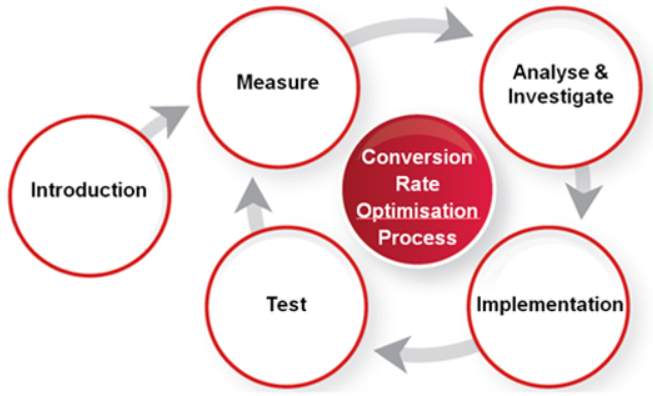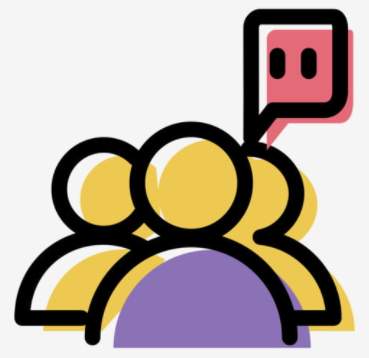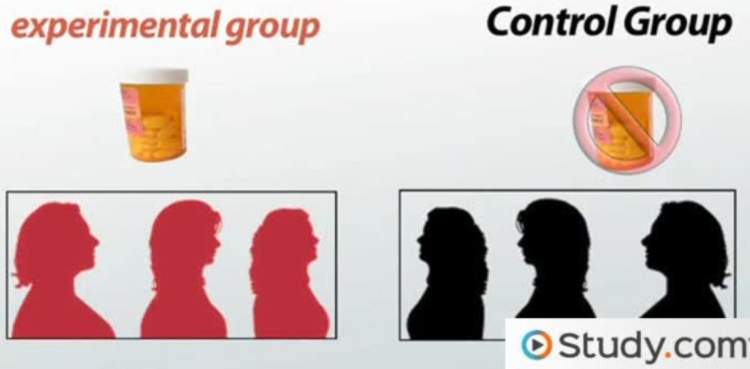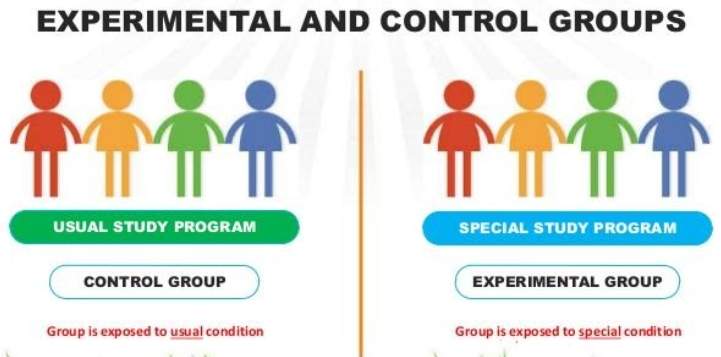Table of Content
Mobile applications are currently part and parcel of our daily lives, from ordering food to making payments. However, they still need efficient testing techniques to ensure their usability and quality. Basically, ensuring the quality of mobile apps is vital since app failure may damage an organisation’s reputation or lead to fiscal loss. One of the mechanisms used in mobile app testing and mobile marketing is ‘control groups’, which are the subject of today’s blog.
What Are Control Groups?
Generally speaking, a control group is defined as a subset of customers or users targeted with a particular campaign in an experimental fashion, but will not receive the campaign communication.
In contrast, an experimental group is a subset of customers or users targeted in an experiment, but will receive the communication being tested. A control group is usually selected under the same rules governing the experimental subset.
However, in some cases, where an entire group is under observation, some part of the group, which represents the breadth of variance for the campaign under study, is the control, and the difference is the experimental fraction.
Overall, a control group forms a baseline or a reference for determining the extent of change in behaviour or action, and its efficacy after an experiment is performed. In mobile development, control groups are typically at the heart of mobile A/B testing as we shall see later.
Features and Importance of a Control Group
The most notable use cases of control groups originate from pharmaceutical product testing. Here, pharma experiments or tests can’t be performed on the entire population. As such, statistical comparison before the experimentation should show no difference between the control and experimental groups for whatever is under observation. Furthermore, a comparison between groups after testing, and between pre-test and post-test data should show efficacy and significance. Overall, when testing medications for human or veterinary use, simple pre-test and post-test data collection on an experimental group with no control is not satisfactorily comprehensive.
Typically, information from an experimental group is compared with data from a control group. Fundamentally, control groups should comprise elements that present precisely the same characteristics as the experimental group. However, there is one distinction and exception, the independent variable is altered for the experimental group, but is left constant in the control group.
In practice, a control group is separated from the rest of the experiment such that the independent variable being tested cannot influence the results. Consequently, this isolates the independent variable’s effects on the experiment and helps rule out alternative explanations of the experimental results. Thus, enabling the experimental observation of one variable at a time.
That being said, while all experiments have an experimental group, not all experiments necessitate a control group. However, control groups are very useful where the experimental conditions are sophisticated and difficult to isolate. In addition, it’s also worth noting that experiments that utilise control groups are called controlled experiments.
An Example of How Control Groups Work
As we have established, in control groups and controlled experiments, two identical experiments are usually carried out: in one of them, the tested factor (experimental group) is applied; while in the other group (control), the tested factor isn’t applied.
In practice, the core objective is to demonstrate a cause-effect relationship between a single treatment variable and a result. Control groups also help verify specific relationships between variables and outcomes in experiments. For example, suppose one just runs an experiment slightly differently repeatedly. In that case, they’ll have multiple data points and maybe some trends, but they will not know which changes to the experiments correlated with the changes in data trends.
To correct this, an experiment can be structured with a control group involved to provide a base assessment point. This is essentially a starting point that all other experimental modifications can be made from. In such a way, they can change individual aspects of their experiment and visualise how these affect outcomes, relative to the results they would have acquired in the baseline control group. Consequently, this point of reference and the isolation of preferred variables allow one to particularly show which changes in results are affiliated with changes in the experiment’s variables.
Overall, mobile marketers and developers can use a control group to help them determine what effects are brought on, particularly by their experiment’s independent variable changing, and not by other factors. As a result, control grouping should allow them to directly test their hypotheses, and rule out alternative explanations for the changes they see in their results.
Application of Control Groups in Mobile Testing and Marketing
When conducting mobile tests, defining a control group is necessitated to properly benchmark the impact of a specific campaign, action or feature against another. In such tests, the control group represents the group of subjects that are set aside and don’t receive the campaign or feature. Hence, allowing the mobile developers or researchers to minimise the effect of all variables, except the impact of the independent variable in the experiment.
However, one of the challenges that mobile marketers frequently face is that it’s difficult to precisely attribute a user action to a user receiving a campaign. For example, a user might have just received a campaign for one of the products and purchased that product, but how does the marketer assess that they would not have purchased it anyway?
With a control group, mobile marketers can critically compare the behaviour of users who have received a campaign with those in the control group who did not receive it and accurately determine the level of attribution for the respective campaign. Furthermore, control groups work optimally when used on campaigns sent to a large group of mobile users. For example, at least 10,000 users are needed to guarantee that the control group results remain statistically relevant.
Control Groups and Mobile A/B Testing
As alluded to earlier, control groups are highly useful in mobile A/B testing. Also known as split testing, mobile A/B testing entails the creation of at minimum one variant to test against a current mobile app or website to determine which one performs best in terms of agreed metrics like revenue per visitor or conversion rate.
 How to conduct A/B testing. Image Credit: towardsdatascience.com
How to conduct A/B testing. Image Credit: towardsdatascience.com
A/B testing is a critical element of any conversion rate optimisation (CRO) program and helps mobile companies build business cases to make informed, evidence-led changes to their mobile apps or website.
Furthermore, as part of an effective CRO program, A/B testing helps validate hypotheses derived from independent, objective research instead of guesses, hunches, and well-meaning opinions.
Overall, A/B testing is a means of comparing the responses for two similar apps. In practice, the two mobile apps will have minimal differences. Later on, the strength of responses is recorded to establish which one performed better, and the same can later be executed or shown to the entire audience.
 The Conversion Rate Optimisation Process. Image Credit: redeye.com
The Conversion Rate Optimisation Process. Image Credit: redeye.com
Thus, the goal of effective A/B testing is to separate the audience into two random sections. Consequently, one section is shown version A, and the other shown version B, then the responses are examined to determine which campaign is more successful.
For the most part, this strategy is widely employed in digital and mobile marketing as it lets marketers know which CTAs, videos, words, images or testimonials motivate mobile users to convert.
Why Control Groups Are A Good Idea
As has been noted, leveraging control groups helps shed light on marketing results in two helpful ways: providing insights and context about how campaigns and campaign variants affect users’ behaviours, if at all. As well as giving mobile marketers information that can help limit over-messaging, especially when it comes to toning down on campaigns that might not be pushing the envelope upon closer examination.
This is considerably important since users are likely being flooded with marketing messages across various channels from diverse competing marketers. For instance, if a mobile agency sends out a campaign (without a control group), and notices high conversion rates resulting from the campaign. Their initial reaction may be to reason that some aspect of the campaign is driving this KPI increase (whether message copy, image, or cadence).
On the other hand, imagine they send the same campaign to a control group. In such an instance, they might see that the control group and the group that views the campaign share similar conversion rates. In this case, the primary takeaway is that the users behave the same way regardless of being sent a new campaign.
When a Control Group May Be Unnecessary
Odds are, in case you decide to switch up your marketing strategy, you should utilise a control group to guide you in the process. Even a select portion, for example, as low as 5-10% of your overall audience, is worth having to affirm your baseline/benchmark assumptions that your campaign or message will drive a different behaviour from the mobile users who receive it, in contrast to users who do not.
As such, if mobile marketers want every audience member to have an opportunity to see the same exact message or marketing campaign change, that is enough justification for using a control group. However, there is always the alternate option of sending the marketing message to the control group once the experiment is complete.
On the other side, in really timely cases, like breaking news or a call to action for all users to update a mobile app, you might not need a control group. This is simply because the necessity for all users to view the notification might be more crucial than finding out how a test group would react. Ultimately, employing a control group will mean that some users will not receive this urgent update until later.
So, generally speaking, control groups aren’t advisable when content is urgent, as statistical accuracy is vital to achieve.
Concluding Remarks
All things considered, the increased demand for mobile applications means that many software development organisations must ensure quality attributes in mobile apps to please their consumers. Despite the diverse available testing approaches to ensure the quality of software applications, control groups should always be considered, especially for mobile A/B testing.
Related Sources to Read:
–When to Consider Mobile App Development for Your Business
–Why Mobile Apps Are Important for Your Business
–Factors to Consider When Hiring a Mobile App Development Company
–Mobile App Development Cost Estimate in Malaysia
Looking for a top-notch Mobile App Developer Malaysia? Your search ends here! Contact us now to bring your app idea to life with expert developers.




